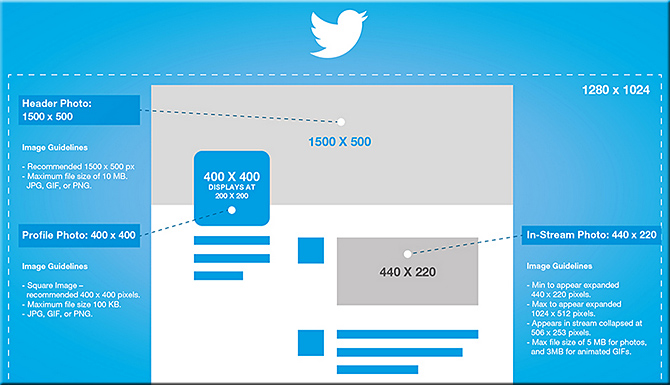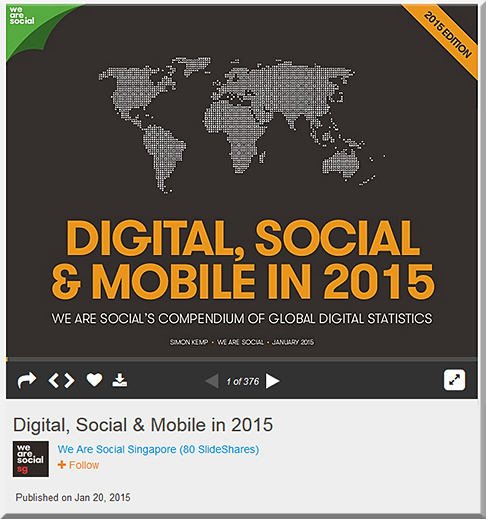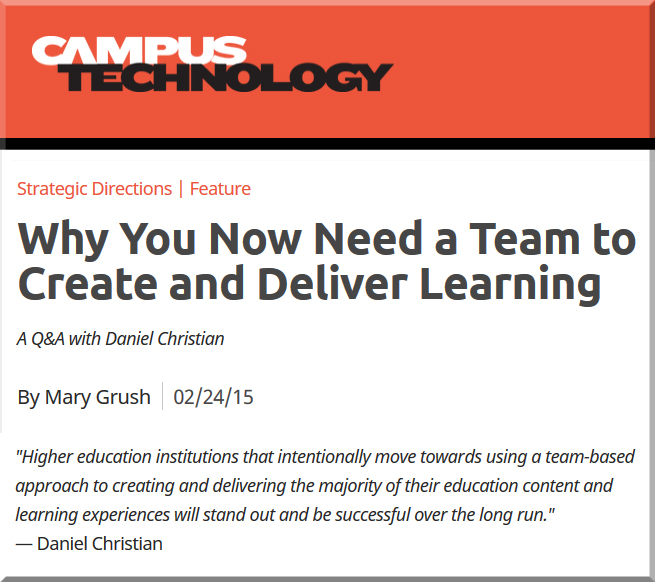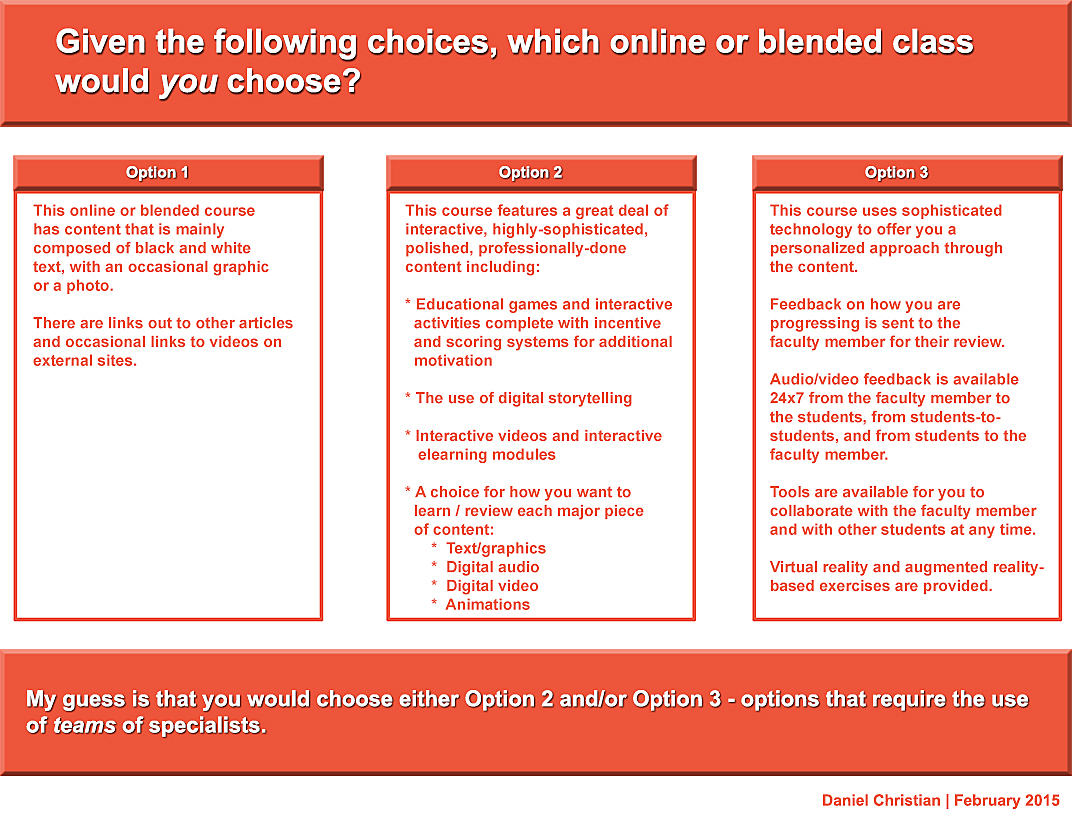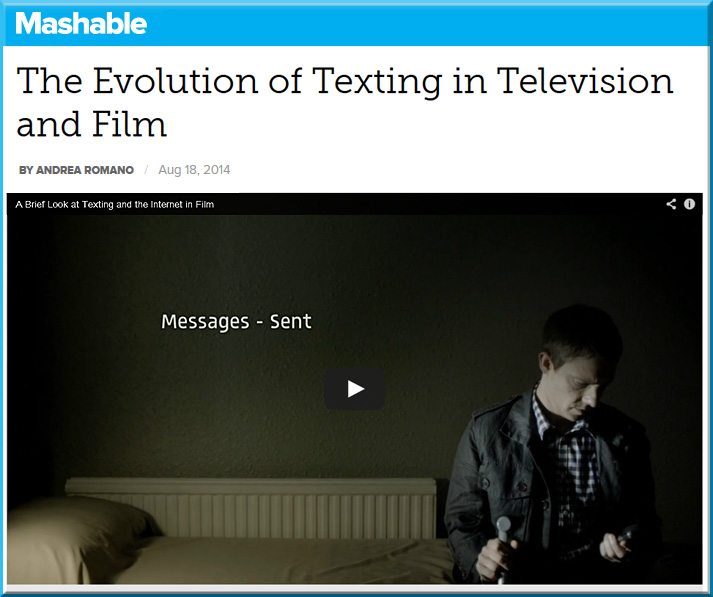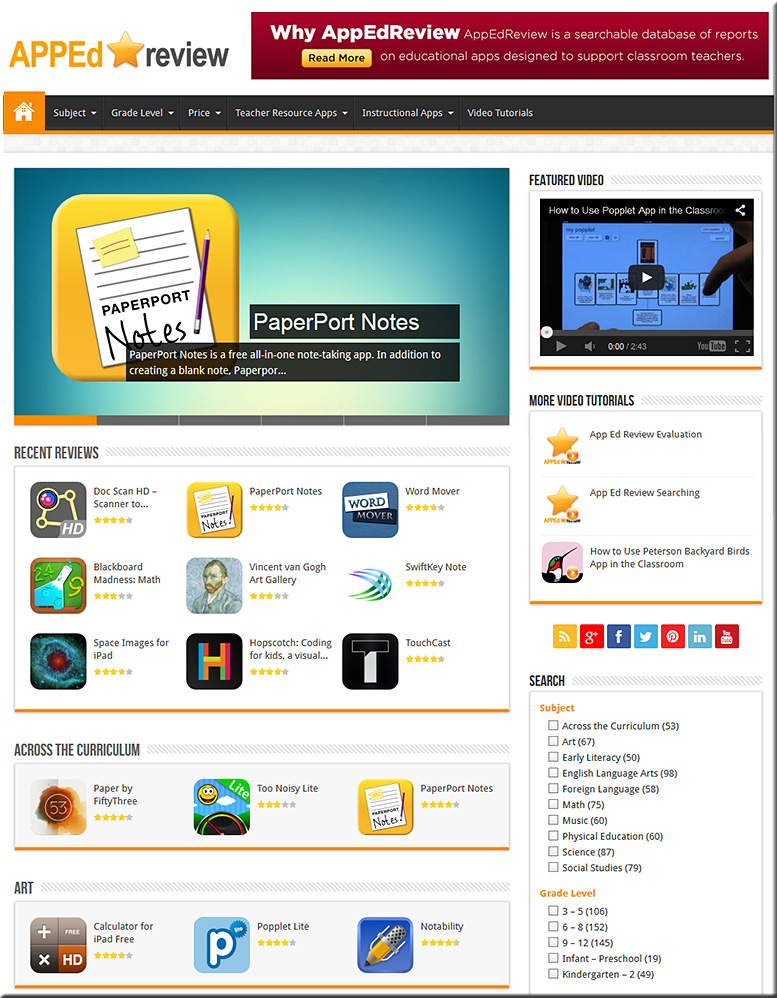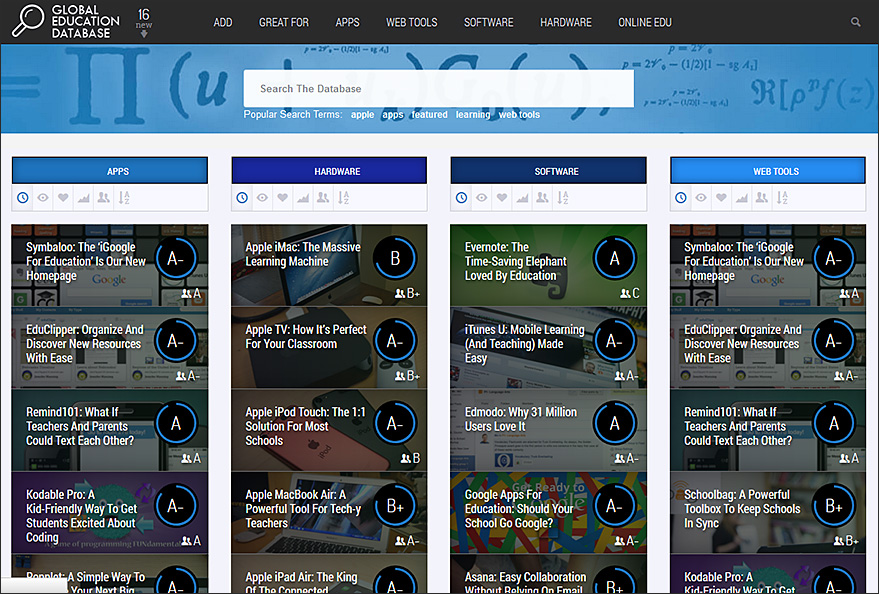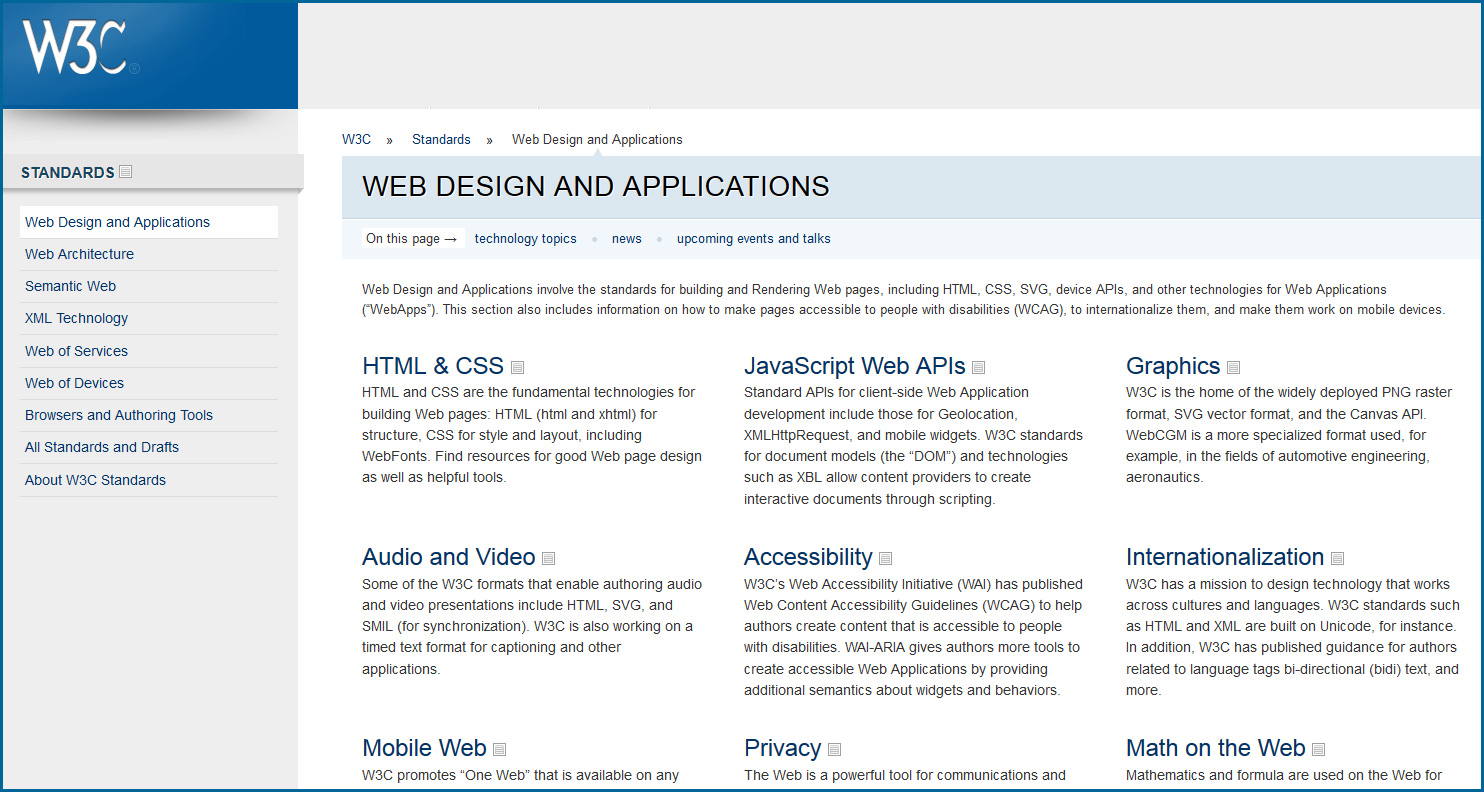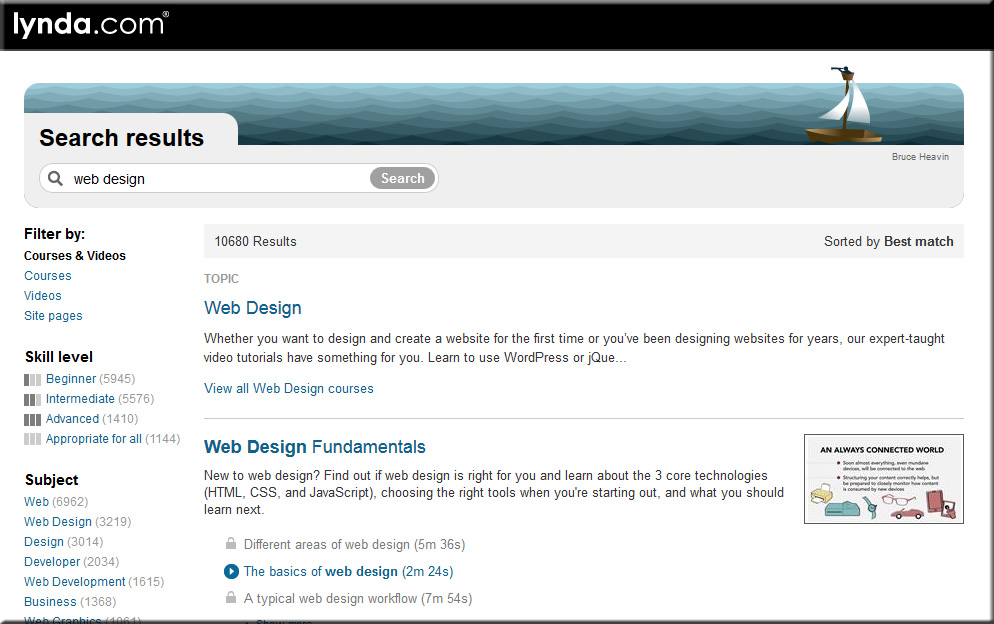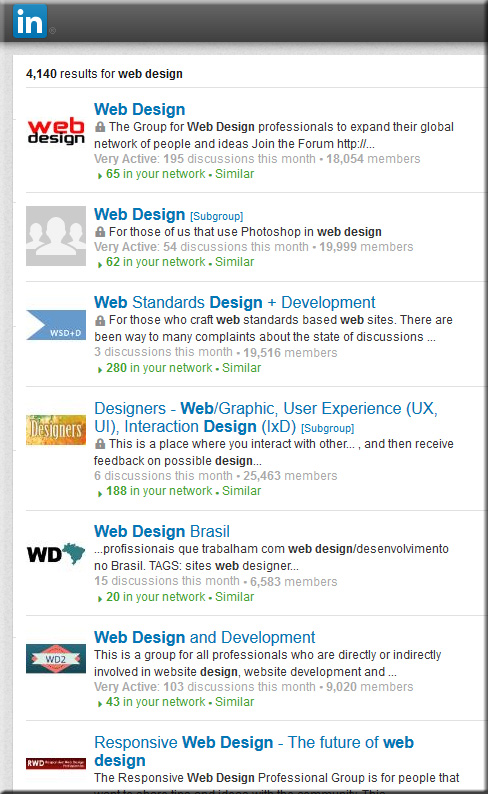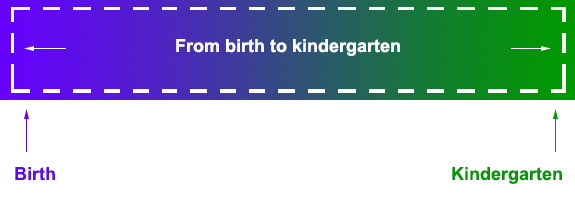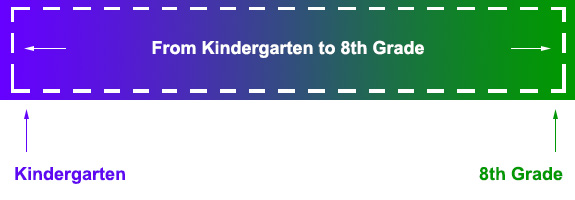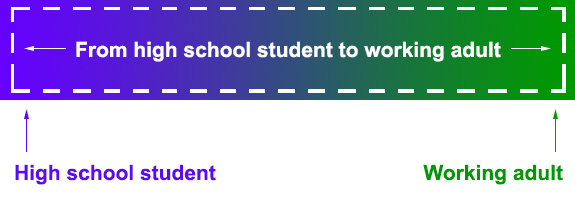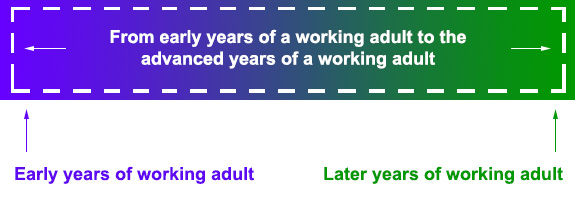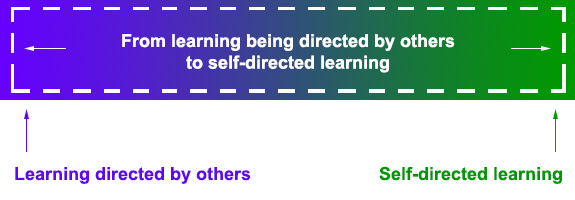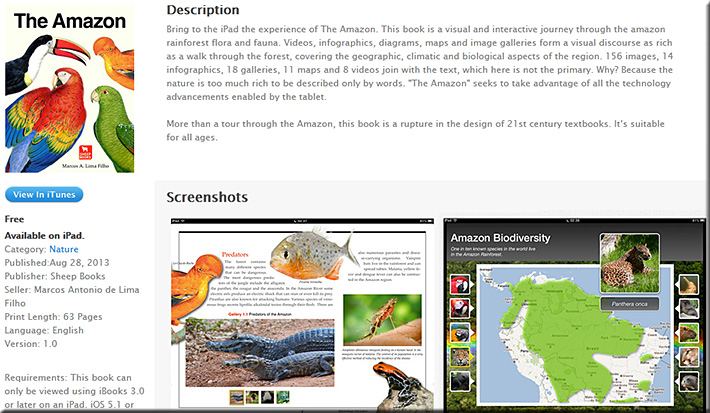The Big Web Design Trends for 2015 — from sitepoint.com by Joanna Krenz Kurowska; with thanks to Mr. Tim Pixley for this resource
Excerpt:
When thinking about web design, you must consider the full spectrum of possibilities that the internet presents. Done boldly, designers can push the current limits of human interaction and imagination on a global scale – as is often seen with edgier industries, such as creative agency websites.
In this article, we’ll boil down some of the most prominent web design trends emerging in 2015. It is here that we can find true innovation and new opportunities – a few of which may completely change our understanding of a “modern website”.
8 design trends for 2015 — from istockphoto.com by Rebecca Swift

Web design trends that will rule 2015 — from designmodo.com by Tomas Laurinavicius
Excerpt:
Web design is a vibrant and diverse industry that is changing and evolving quickly. Website design is, however, not an end product; it’s an asset in the presentation of a product, connecting people with other people, providing a tool or service.
After reviewing over 500 websites in weekly series of “Inspiring Sites of the Week” on Despreneur I’ve got a sense of where web design is and where it is going for the next year. In this post I will try to review the current status of web design and predict some trends for 2015.
These are my assumptions and guesses based on my research and experience designing in 2014. Some of these may be right some may be not. If you think there should be something more in this article I’d love to have a discussion with you.
The trends in web design for 2015 [infographic] — from techinfographics.com by by Josipa Štrok
Excerpt:
The way we use the web is changing in line with the growth of technology. Smartphones and tablets have become a major factor which influencing the design of the web. What are the trends in web design for 2015?
If content is king, then the design is the crown. Home page should be more comprehensive. Visitors must get a sense of intuitive and dynamic interaction. Responsive design of website remains still imperative. Every owner who cares for his visitors should have designed a website that includes technology to automatically adjust the content to the devices where they are read. In the future responsive design will adapt to smart TVs and smart watches, not only monitors, smart phones or tablets. Moving page should be vertical because it contributes to an interactive style stories. After all this way scrolling through content is much easier to use on smartphones / tablets than clicking on the navigation from page to page. Forget the shadows, patterns and textures. Style with simple lines and white space is recommended for the coming year.
Web design trends to look out for in 2015 — from by Nathan B. Weller










